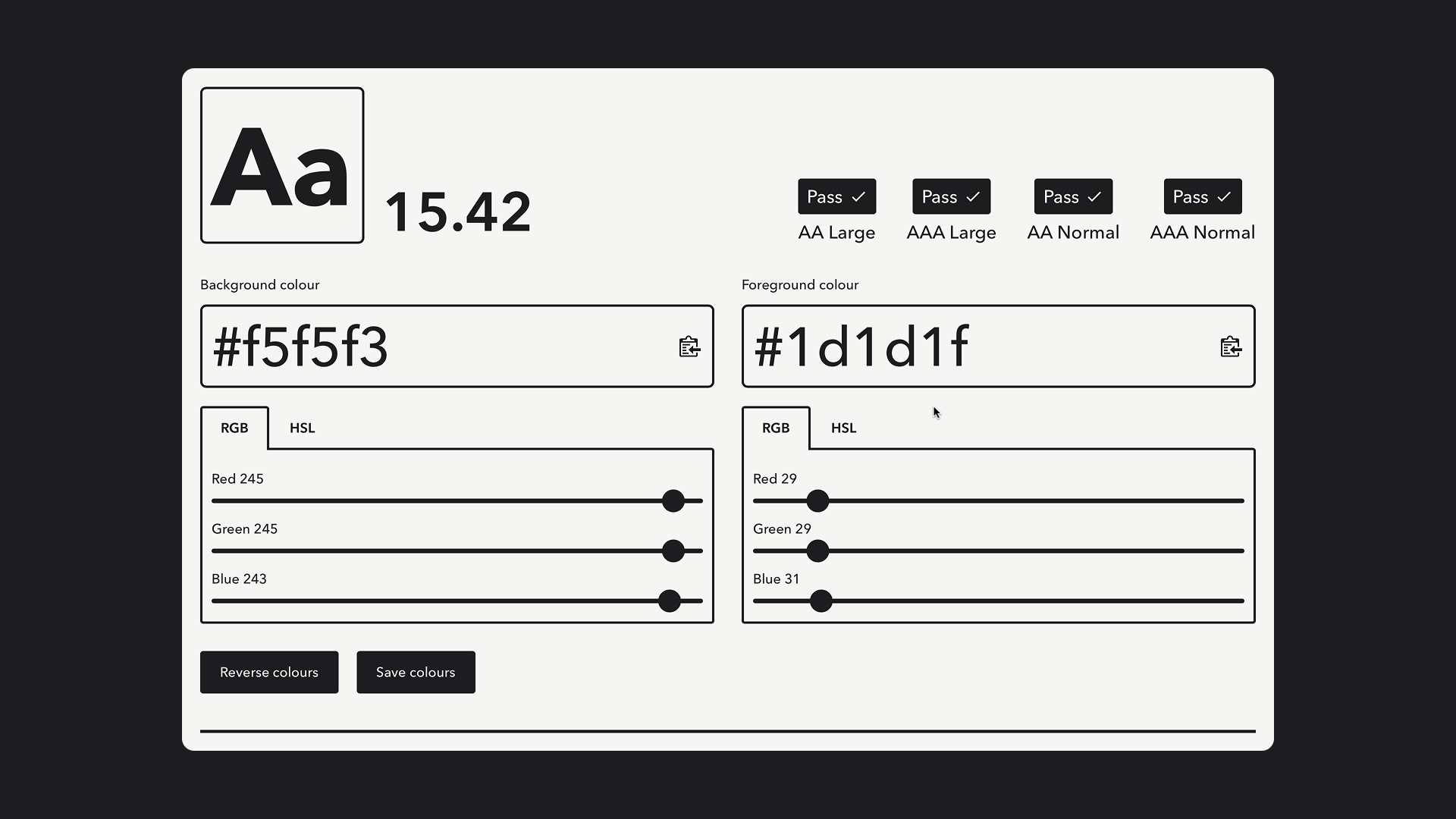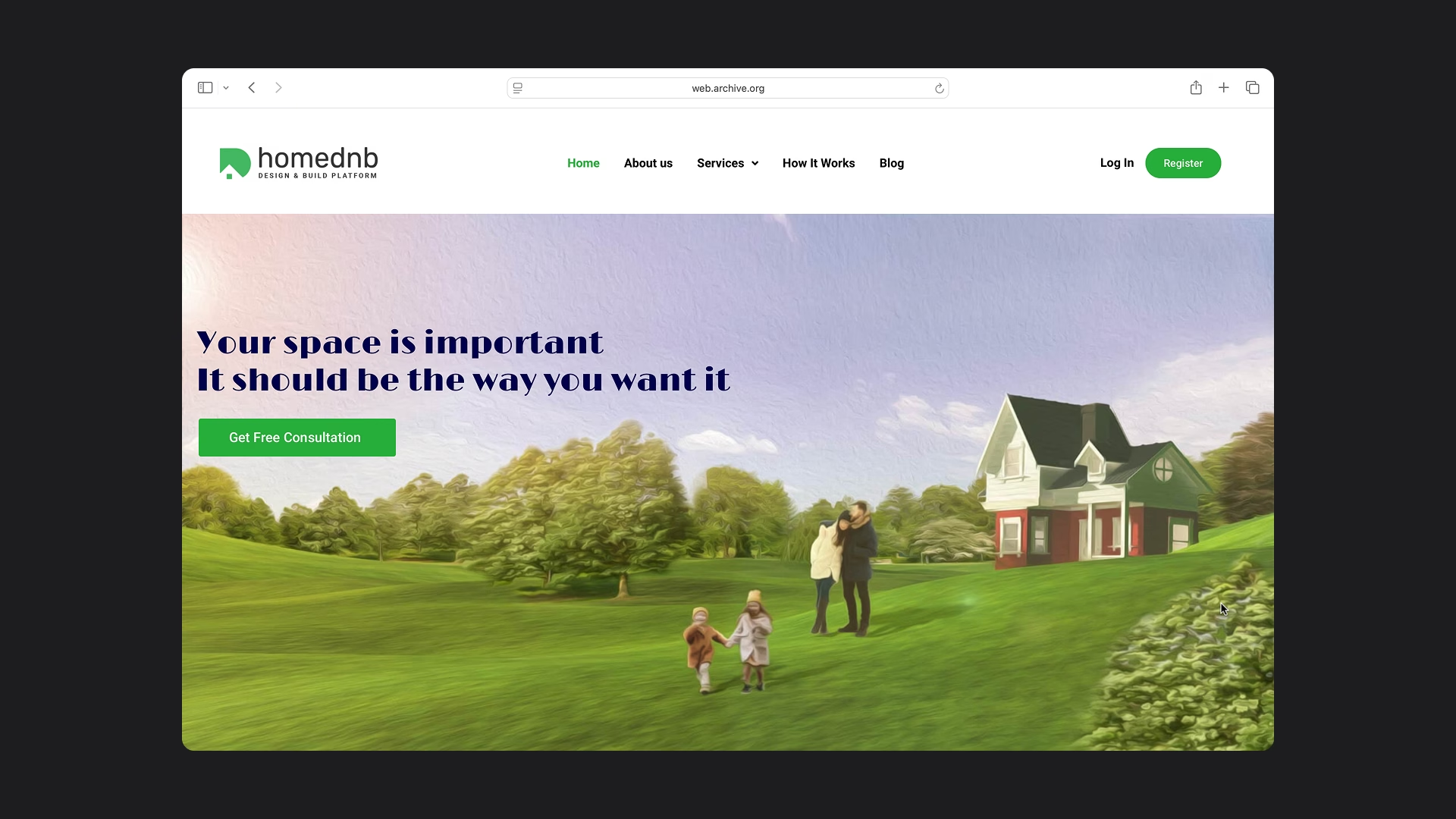Overview
HomeDNB is a startup that helps out-of-state investors add value to their property—without them being there. I worked with C-Suite, product and cross-functional teams to help build the online renovation platform.

We use cookies

Overview
HomeDNB is a startup that helps out-of-state investors add value to their property—without them being there. I worked with C-Suite, product and cross-functional teams to help build the online renovation platform.
Role
Lead Product Designer
Team
C-Suite
Product
Engineering
Marketing
Operations

Purchasing property miles away comes with a specific challenge: how do you add more value... without actually being there?
Out-of-state investors faced this challenge regularly.
While they could purchase a property in another state, they couldn't renovate it without their physical presence.
Between 2019 and 2023, out-of-state property purchases had increased by 73%.
This had been accelerated by two advancements:
These two advancements created a $47B market opportunity for remote renovation services.
California-based investors alone represented a $12B annual out-of-state investment market. With an average renovation budget of $35,000 to $75,000 per property.
We could build an online platform that provides out-of-state investors with a remote renovation service. Taking care of the end-to-end experience for them, using systematic and repeatable processes.
Measurements for success:

Because remote renovation carries risk, I conducted research to understand the concerns of out-of-state investors.
I structured our research to combine market analysis of investment trends, with online discussions about out-of-state investing.
I researched competitors across three service categories:
1. Market Research
To understand our target market, I researched out-of-state property investment behaviours through industry reporting and articles.
This research highlighted the significant gap between expectations and reality; property investors couldn't physically be on-location, despite how lucrative the investment might be.
2. Behavioural Interviews
I researched out-of-state investors themselves, to gain a perspective into their decision-making process, current approaches to renovation, and specific pain points with remote project management.
These investors were willing to pay premium prices for transparency and control—even if it meant higher upfront costs.

“How might we create a remote renovation process, that addresses an out-of-state investor's list of requirements?”

The challenge was to transform a traditionally analog process into a streamlined digital experience.
I designed an integrated service workflow, connecting investors, project managers, contractors and vendors together.
The approach centered on three phases:
This structure provided investors with the visibility and control they wanted, while streamlining coordination for all stakeholders involved.
I. End-to-End Orchestration
Coordinate multiple services that are found in the end-to-end renovation process.
II. Remote Visibility
Give investors control and confidence, without requiring their physical presence.
III. Quality Assurance
Implement standard processes to ensure consistent outcomes and reducing uncertainty.
We considered building a fully automated, self-service platform where investors could independently manage renovation projects.
We chose a service-led MVP because the business still needed to establish its infrastructure: a reliable contractor network, standardised quality controls and project management workflows.
A manual approach allowed us to refine our process first, before investing heavily into automation.
I. Mentee
As Lead Product Designer, I took ownership of product strategy and led meetings with stakeholders. A designer on the product team would like to sit in, as they found my strategic approach and thinking very valuable.
After hours, I spent time helping them understand how to connect design decisions to higher-level business goals. This was something that I thoroughly enjoyed doing, as I love to help people with their personal and professional development.
II. Marketing
I worked closely with the Head of Marketing to ensure our product experience aligned with our content strategy and messaging.
Regular communication was key because marketing drove significant traffic to our platform—and any disconnect between marketing campaigns and UX would hurt conversion rates.
III. C-Suite
Working with the CEO helped me understand the industry and pain points that out-of-state investors have, which directly informed our design priorities.
This collaboration led to an highly-efficient lead qualification system, that filtered higher-intent prospects from incoming traffic, providing a better route to consistent revenue.
Consistent check-ins with stakeholders linked design choices to company aims while keeping investor needs front and centre. I worked with leadership to establish clear success metrics and review processes, aligning on our end-to-end service approach as the core differentiation strategy versus fragmented competitor offerings.

I started by creating workflow diagrams and user journey maps. Converting the complex sales process into a clear and user-friendly experience for investors.

I built modular design components that enabled use to rapidly construct screens and conduct A/B tests.
These components allowed us to quickly test different approaches to better lead qualification and conversion optimisation.
When developing the final user experience, I focused on creating clarity around our service offering, while optimising for conversion.
The previous interface had very high bounce rates. So I built a new frontend, specifically designed to convert more traffic into qualified leads.
I also built filtering systems that increased project value, by ensuring a better fit between the investor's needs and our service capabilities.

I tested the existing website performance to analyse drop-off patterns and issues with lead quality.
My goal was to identify where investors were losing confidence in the product, or getting confused about the service HomeDNB were offering.
A high bounce rate and unclear value proposition appeared to linked.
Based on user feedback, I:

Component Library
I built a component library that allowed us to rapidly experiment and A/B test. This helped us quickly launch new screens and pages.
Accessibility Standards
I applied WCAG 2.1 AA rules throughout the product, with particular attention to forms and input fields. This helped to accommodate out-of-state investors with different accessibility requirements and needs.
Responsive Design
I shaped the experience for out-of-state investors researching on the go, to accommodate research and inquiry behaviours. As most investors are time-poor, and need quick access to information.

1. A service offering that's difficult to explain.
I worked closely with leadership to re-establish the value proposition, into something that was clear, compelling and easy-to-understand.
Once established, I led the rollout of the value proposition with the rest of the team. Helping them get clarity over their role and responsibilities throughout the entire process.
2. Poor lead quality was affecting sales.
My solution to this problem was an intuitive filtering system that captured (1) investor intent, (2) budget parameters and (3) project timeline requirements.
This system provided the sales team with more qualified leads with higher project values and intent.
3. Investors can't physically evaluate quality.
We integrated social proof, process transparency and clear communication throughout the user experience.
Rather than shying away from complexity, I made our systematic approach transparent from end-to-end. Helping our users fully understand how we would manage their projects.
Scalable frameworks that improved operational efficiency. Competitive differentiation by re-establishing the value proposition. Systems that facilitate the rapid building and testing of new screens/pages.
Product architecture that supports multi-market expansion, with minimal modification to core systems. Design system that enables the development of new features. Customer data insights that can be used to improve and expand the product further.
Single-Platform Coordination
Customers strongly valued single-platform coordination over a fragmented (and often analog) solution.
This approach helped the business justify the service fees. It also improved investor retention and subsequently LTV—as investors can trust a single-platform for any future property renovations.
Utilising Transparency
Real-time project visibility became something that we wanted to explore.
We knew this would be valuable in a market where most services operate with minimal client communication; transparency could utilised as a sustainable competitive advantage.
Quality > Quantity
Filtering prospects improved the business' economics. Not just in terms of making money, but saving money on chasing unqualified/unsuitable leads.
Better qualification led to a reduction in resource waste and sales cycle length. Proving that UX design could directly impact the business and its unit economics.
HomeDNB have since expanded to serve clients both domestically and internationally.
The company completed a successful renovation between Sweden and Brooklyn—a distance of over 4,200 miles. Saving the investor $65,000, and adding value to their initial $350,000.
Proving that you can renovate your home from almost anywhere.